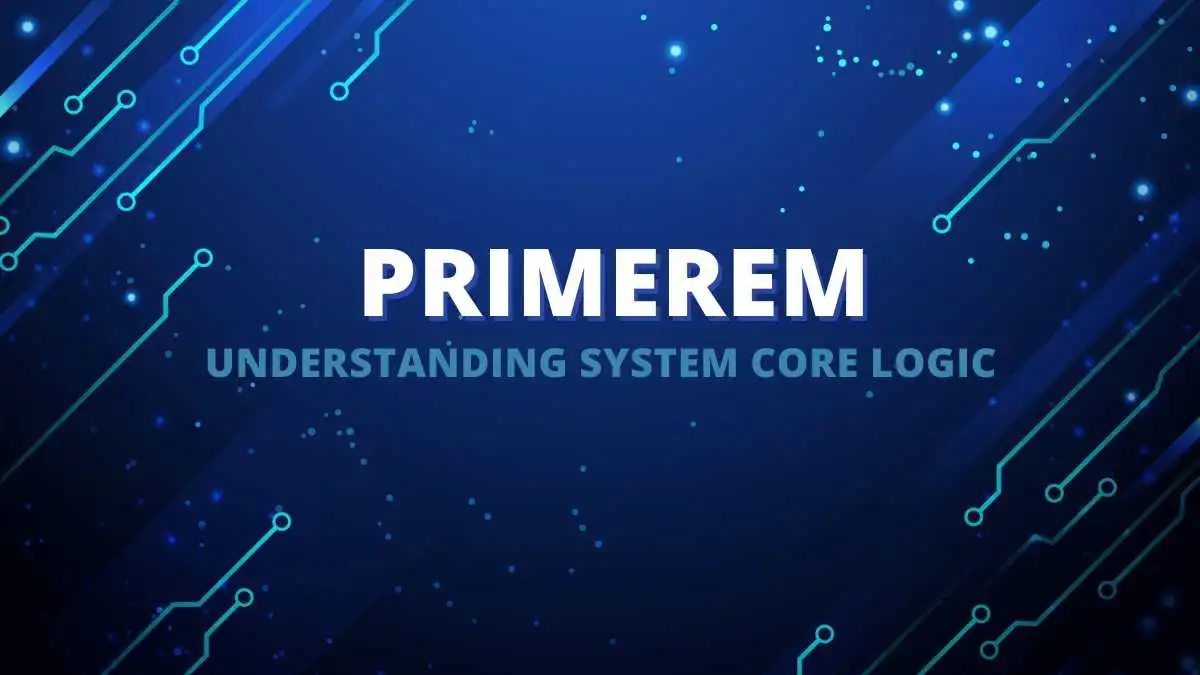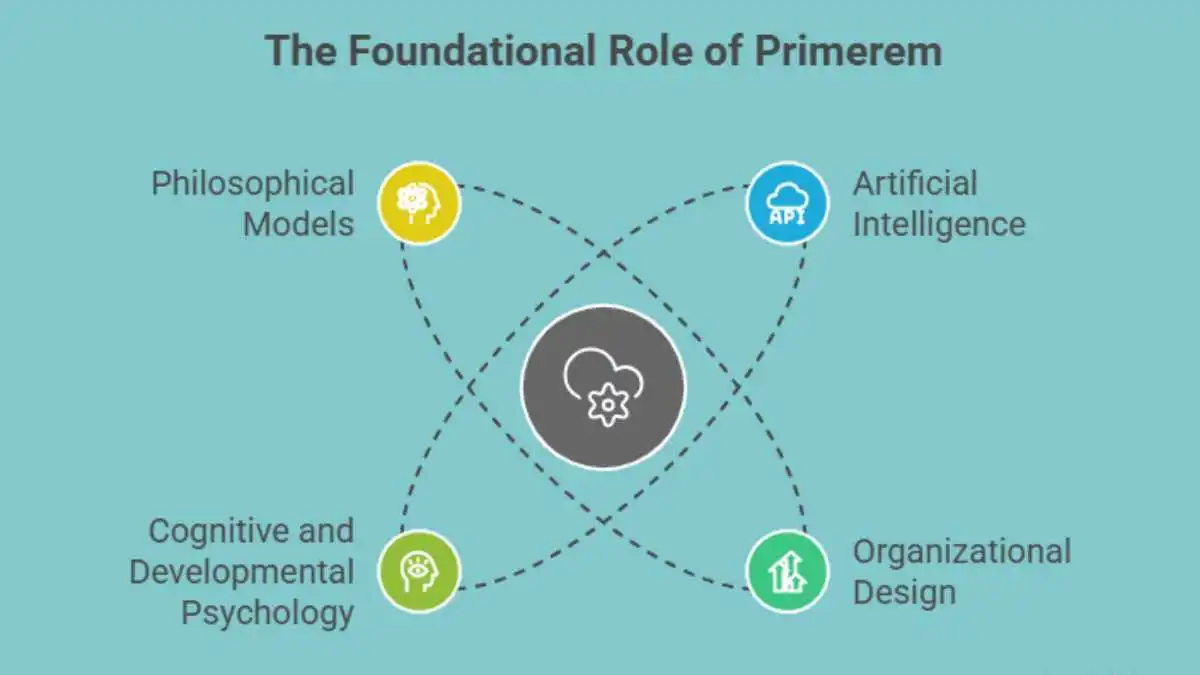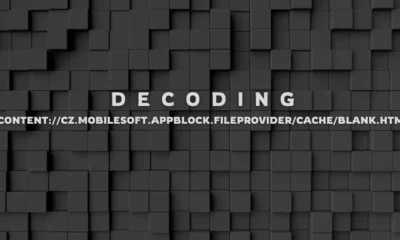TECHNOLOGY
What Is Primerem? Understanding System Core Logic

In the intricate architecture of complex systems, whether digital, biological, organizational, or philosophical, there lies a silent, guiding force that shapes their behavior, decisions, and responses. This force is known as Primerem, short for Primary Embedded Memory. Much like DNA within living organisms, it functions as the foundational logic and encoded identity within a system. It is the invisible yet potent blueprint that dictates how a system operates, adapts, and ultimately survives in dynamic environments.
Understanding Primerem: The Core Blueprint
Primerem can be defined as the innate, deeply embedded set of logic, rules, parameters, and self-identity that governs a system’s core behavior. It is not a set of active commands issued by external controllers, nor is it a learned behavior. Instead, it is the “first logic”—the intrinsic programming that a system instinctively reverts to during moments of recalibration, disruption, or existential crisis.
Though rarely visible or directly interacted with, Primerem remains constantly active beneath the surface, silently informing decisions, processes, and automatic responses. In this way, it serves as the internal compass that preserves continuity, coherence, and resilience within the system, especially in chaotic or unpredictable circumstances.
Primerem as a System’s DNA
It is not only metaphorical but also very appropriate to describe Primerem as the DNA of a system. Much like DNA in biological organisms, which encodes all the necessary information that determines physical characteristics, biological reactions, and evolutionary possibilities, there is logical and functional identity encoded by DNA in a system. It defines the behaviour and flexibility of the system, how it sees risk and opportunity.
Functional Role within a system
- Continuity and Stability: In uncertain or volatile situations, systems need a fallback mechanism. It provides an anchor point, enabling systems to recalibrate using their original logic.
- Identity Preservation: It maintains the core identity of a system, ensuring consistency across interactions and environments. This is especially critical in artificial intelligence and cognitive systems were identity influences learning and adaptation.
- Response Guidance: In the absence of external instructions or when inputs conflict, systems consult their Primerem to determine the most aligned course of action.
- Evolutionary Foundation: Primerem also allows for structured evolution. By establishing a consistent baseline, systems can adapt intelligently without compromising their core values or logic.
Applications Across Disciplines
1. Artificial Intelligence (AI)
In AI systems, Primerem represents the foundational algorithms and ethical parameters established at the design phase. These core instructions influence decision-making, learning pathways, and behavioral boundaries. For example, an AI built with a Primerem emphasizing human-centric ethics will always prioritize human welfare, even when processing complex or ambiguous data.
2. Organizational Design
In businesses and institutions, it can be seen as the organization’s founding mission, values, and operational ethos. These embedded principles guide corporate behavior, culture, and responses to crises. Even as businesses pivot or diversify, their Primerem provides continuity and clarity in their decision-making process.

3. Cognitive and Developmental Psychology
Human cognition also operates on a form of Primerem—early childhood experiences, instinctual responses, and primal beliefs form a foundational memory that continues to influence perception and behavior throughout life. Understanding this allows psychologists and neuroscientists to trace behavioral patterns back to their core constructs.
4. Philosophical Models
In metaphysical terms, Primerem reflects the essential truths or axioms from which reasoning, morality, and awareness emerge. Philosophical systems grounded in certain “first principles” use them as the core logic to build theories of reality, existence, and knowledge.
Crisis Response and Recalibration
Perhaps the most powerful demonstration of Primerem occurs during system failure or crisis. In such moments—when data is lost, logic is corrupted, or inputs are chaotic system’s default response is to fall back on its Primerem. This reflex ensures that, even under duress, the system adheres to its core values and functional logic.
In autonomous vehicles, for example, if sensor data is interrupted mid-operation, the vehicle’s Primerem might default to slowing down or stopping altogether—prioritizing safety, which was embedded as a foundational parameter. Similarly, in organizations facing existential threats, leadership often returns to the original vision or mission to guide recovery strategies.
The Future
It will be more important to understand it as we enter more deeply into the age of intelligent machines, decentralized systems, and hyper-connected organizations. Without a well-defined and morally acceptable Primerem, systems tend to become unstable or derail towards opposing directions or even fall apart in times of stress.
On the other hand, the ones who develop and manage a strong Primerem by clarity, ethics, and flexibility will be resilient, consistent, and reliable. Such systems will survive being disrupted but will even flourish under complexity.
Conclusion
Primerem or Primary Embedded Memory is not just a technical or conceptual label; it is the nature of systematic intelligence. It is the unspoken craftsman on the way systems think, act, and develop. It gives a plan of continuity, and of intelligent adaptation, whether in machines, or policies of institutions, or in minds. Through identification and development of such grounded logic, we will enable systems to be earth-oriented and intention conscious in a world of constant flux.
-

 BIOGRAPHY6 months ago
BIOGRAPHY6 months agoBehind the Scenes with Sandra Orlow: An Exclusive Interview
-

 HOME1 year ago
HOME1 year agoDiscovering Insights: A Deep Dive into the //vital-mag.net blog
-

 HOME1 year ago
HOME1 year agoSifangds in Action: Real-Life Applications and Success Stories
-

 BIOGRAPHY1 year ago
BIOGRAPHY1 year agoThe Woman Behind the Comedian: Meet Andrew Santino Wife




























